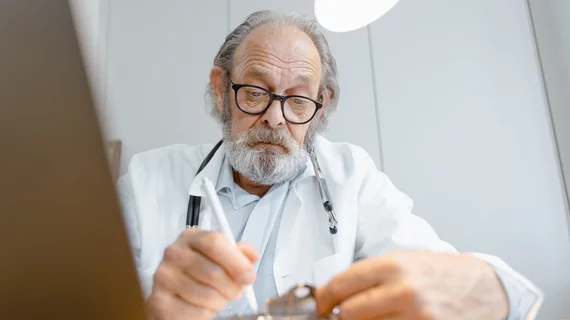New device could boost accuracy of noninvasive blood measurements
A new noninvasive technology could change the way clinicians monitor key blood parameters such as hemoglobin, according to a group of researchers from the University of Texas at Arlington and Shani Biotechnologies.
The collaboration began with a common goal: developing a wearable device that can detect blood through the skin.
According to George Alexandrakis, PhD, associate professor at the UTA College of Engineering, current methods for monitoring hemoglobin involve blood samples and expensive equipment, have a high degree of variability and are frequently inaccurate in people of color due to differences in skin melanin.
Alexandrakis asserts that this new technology is designed to address an unmet need for a reliable, noninvasive device that could estimate hemoglobin, irrespective of skin color.
The device, according Alexandrakis, relies on the spectroscopic properties of hemoglobin in the blue-green light spectra as opposed to the red-infrared spectra used in similar devices. The device utilizes a probe that is placed on the skin and measures reflected light from the skin.
Alexandakis and his team assessed the new device in more than 30 study participants, comparing its measurements with other point-of-care devices and a standard blood test.
Early findings suggest the device can approximate hemoglobin with greater accuracy and consistency compared with comparable methods. A follow-up study is planned involving patients in Arlington, Texas hospitals.
“We are planning larger studies in a variety of patient populations to advance the clinical development of the device,” Vinoop Daggubati, MD, CEO of Shani Biotechnologies, said in a press release. “The technology has massive potential in health care settings, remote monitoring and embodiment into wearables. We are committed to closing the racial disparity in these diagnostic modalities to provide better care for African Americans, Hispanics and people of color. Our technology is a steppingstone toward achieving that goal.”
